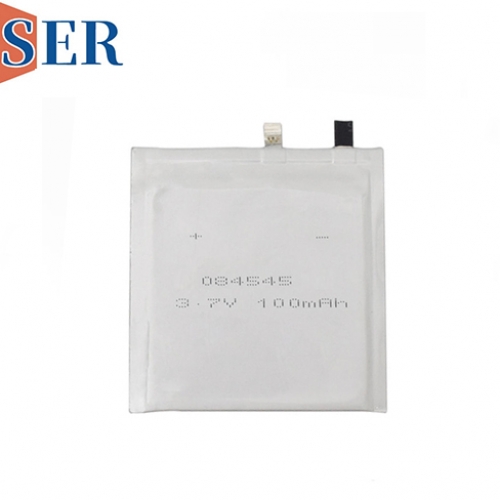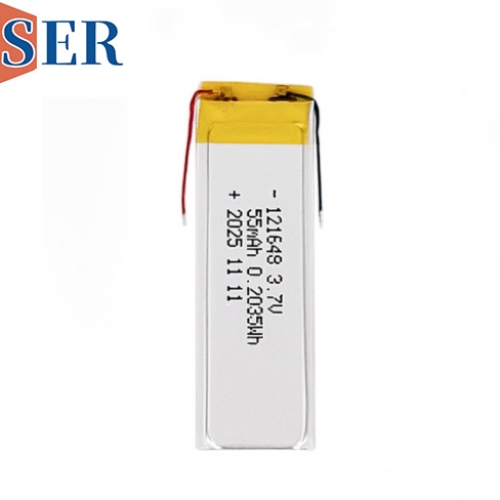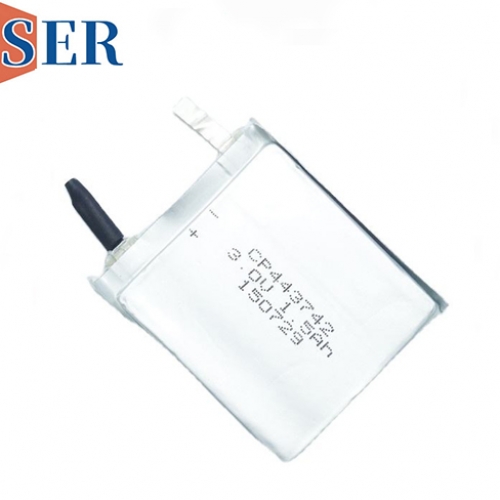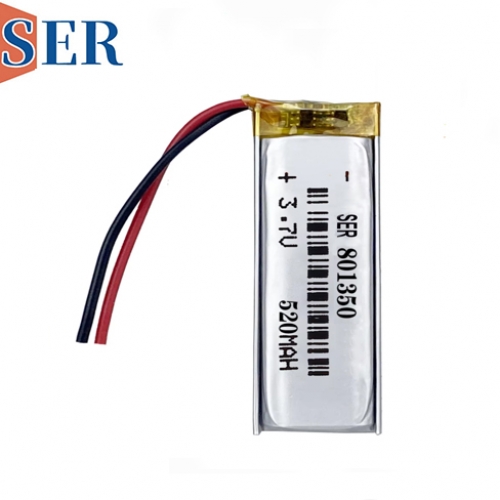Lithium Thionyl Chloride (LiSOCl₂) Batteries: A Comprehensive Overview of Performance, Applications, and Market Leaders
Lithium Thionyl Chloride (LiSOCl₂) Batteries: A Comprehensive Overview of Performance, Applications, and Market Leaders
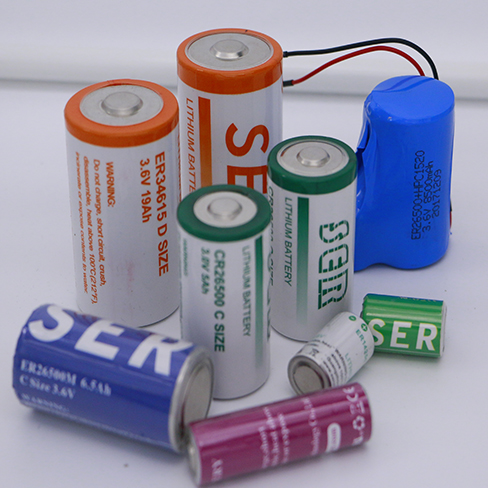
Introduction
In an era where technological advancements demand reliable, long-lasting power solutions, lithium thionyl chloride (LiSOCl₂) batteries have emerged as a cornerstone for critical applications requiring high energy density, extended operational lifespan, and resilience in extreme conditions. These batteries, known for their robust chemical composition and advanced engineering, offer unmatched performance in sectors ranging from healthcare and automotive to industrial IoT and aerospace. This article delves into the multifaceted attributes of LiSOCl₂ batteries, their diverse applications, compliance with environmental standards, and the leading manufacturers shaping this dynamic market.
1. The Science Behind LiSOCl₂ Batteries
LiSOCl₂ batteries derive their power from a unique electrochemical reaction between lithium (Li) as the anode, thionyl chloride (SOCl₂) as the cathode, and a proprietary electrolyte. This chemistry enables a nominal voltage of 3.6V, significantly higher than conventional alkaline or lithium-ion batteries, ensuring consistent power delivery for prolonged periods. The battery’s cylindrical, prismatic, or wafer-shaped designs, often featuring spiral-wound electrodes, optimize energy storage capacity while minimizing internal resistance, making them ideal for high-drain applications.
Key Technical Advantages:
Wide Operating Temperature Range: Functional from -55°C to 150°C, LiSOCl₂ batteries outperform competitors in harsh environments, such as Arctic exploration or industrial high-temperature settings.
Ultra-Low Self-Discharge: Less than 1% per year, enabling a shelf life of 10–12 years, critical for backup systems and devices requiring long-term storage.
High Energy Density: Compact form factors deliver exceptional energy per unit volume, reducing device size while enhancing portability.
Stable Voltage Output: Minimal voltage drop during discharge ensures reliable performance for sensitive electronics.
2. Applications Across Industries
The versatility of LiSOCl₂ batteries positions them as the preferred power source for mission-critical applications where failure is not an option. Key sectors include:
Medical Devices
Implantable Devices: Pacemakers and neurostimulators rely on LiSOCl₂ batteries for their stable, long-term power requirements.
Portable Diagnostics: Handheld glucose meters and ultrasound scanners benefit from the battery’s compact size and consistent output.
Industrial and IoT
Smart Sensors: Environmental monitoring systems, utility meters, and asset trackers depend on LiSOCl₂’s ability to operate in remote, low-maintenance settings.
Wireless Communication: Remote telemetry units and emergency locator transmitters (ELTs) utilize the battery’s longevity and temperature resilience.
Automotive and Transportation
RFID Tags: Used in vehicle tracking and supply chain management, where long lifespan reduces replacement costs.
Tire Pressure Monitoring Systems (TPMS): Reliable operation across extreme weather conditions ensures driver safety.
Aerospace and Defense
Unmanned Aerial Vehicles (UAVs): LiSOCl₂ batteries power drones for surveillance and reconnaissance in challenging terrains.
Military Communications: Secure, long-lasting power for tactical radios and GPS devices in combat zones.
3. Environmental and Regulatory Compliance
LiSOCl₂ batteries are engineered with sustainability in mind. Their lead-free composition and compliance with RoHS directives (Restriction of Hazardous Substances) align with global environmental standards. Additionally, their long lifespan reduces electronic waste, contributing to a circular economy. Manufacturers are increasingly investing in recycling programs to further minimize environmental impact, though challenges in safely回收ing lithium-based batteries persist.
4. Leading Manufacturers and Equivalent Models
The LiSOCl₂ battery market is dominated by several pioneering companies, each offering a range of models tailored to specific applications. Below is an overview of key players and their product portfolios:
Tadiran Batteries
A global leader in lithium battery technology, Tadiran’s LiSOCl₂ portfolio includes:
TL-5902, TL-2150: Compact cells for medical devices and IoT sensors.
TL-5151, TL-5101: High-capacity models for industrial applications.
TL-5135/P, TL-4935/P: Prismatic cells designed for extreme temperatures.
ER341270, TLH-2450: Wafers for thin, flexible devices.
Saft Batteries
Saft’s LiSOCl₂ lineup emphasizes durability and high-performance:
LS-14250, LS-14500: Standard cylindrical cells for general-purpose applications.
LS-33600, LS26500: Large-format batteries for aerospace and defense.
LSH20: Ultra-high capacity for long-term monitoring systems.
Sonnenschein Batteries
Focusing on industrial reliability:
SL-350/S, SL-750/S: High-energy solutions for utility meters.
SL-361/S, SL-761/S: Specialized cells for harsh environments.
SL-789/P: Prismatic designs for medical and automotive use.
Xeno Energy
Innovators in custom battery solutions:
XL-055F, XL-060F: Flexible form factors for wearable technology.
XL-145F, XL-200F: High-discharge models for IoT and robotics.
Maxell, IEC, Tekcell, and Omnicel
These manufacturers offer niche models for specialized applications:
Maxell ER6 Series: Compact cells for portable electronics.
IEC ER14, SB-D01: Standardized batteries for global compatibility.
Omnicel ER34615, ER32L100: High-capacity options for industrial IoT.
5. Market Trends and Future Innovations
The demand for LiSOCl₂ batteries is poised to grow exponentially, driven by:
IoT Proliferation: Billions of connected devices requiring reliable, low-maintenance power.
Smart City Initiatives: Sensors and grids needing resilience in urban environments.
Sustainability Goals: Reduced electronic waste through longer-lasting batteries.
Emerging Technologies:
Flexible Batteries: Thin, bendable LiSOCl₂ cells for wearable tech and e-textiles.
Integrated Battery Management Systems (BMS): Enhancing safety and performance in high-drain applications.
Solid-State Chemistry: Potential for even higher energy density and improved safety.
6. Conclusion
LiSOCl₂ batteries represent a pinnacle of electrochemical engineering, offering unparalleled performance in critical applications where reliability, longevity, and environmental compliance are non-negotiable. As industries evolve toward smarter, more connected ecosystems, these batteries will remain indispensable. Manufacturers continue to innovate, expanding form factors and capacities to meet future demands, solidifying LiSOCl₂’s role as the powerhouse of choice for the next generation of technology.
Final Thoughts
In a world increasingly dependent on autonomous systems and remote monitoring, LiSOCl₂ batteries are not just components—they are enablers of progress. Their ability to operate in extreme conditions, coupled with minimal environmental footprint, positions them as a sustainable solution for tomorrow’s challenges. As technology advances, so too will the applications of LiSOCl₂, ensuring their relevance in shaping a more connected, efficient, and resilient future.

